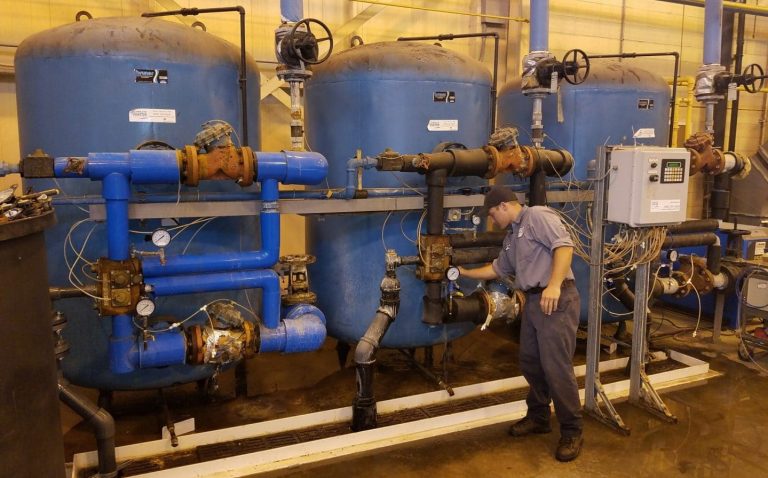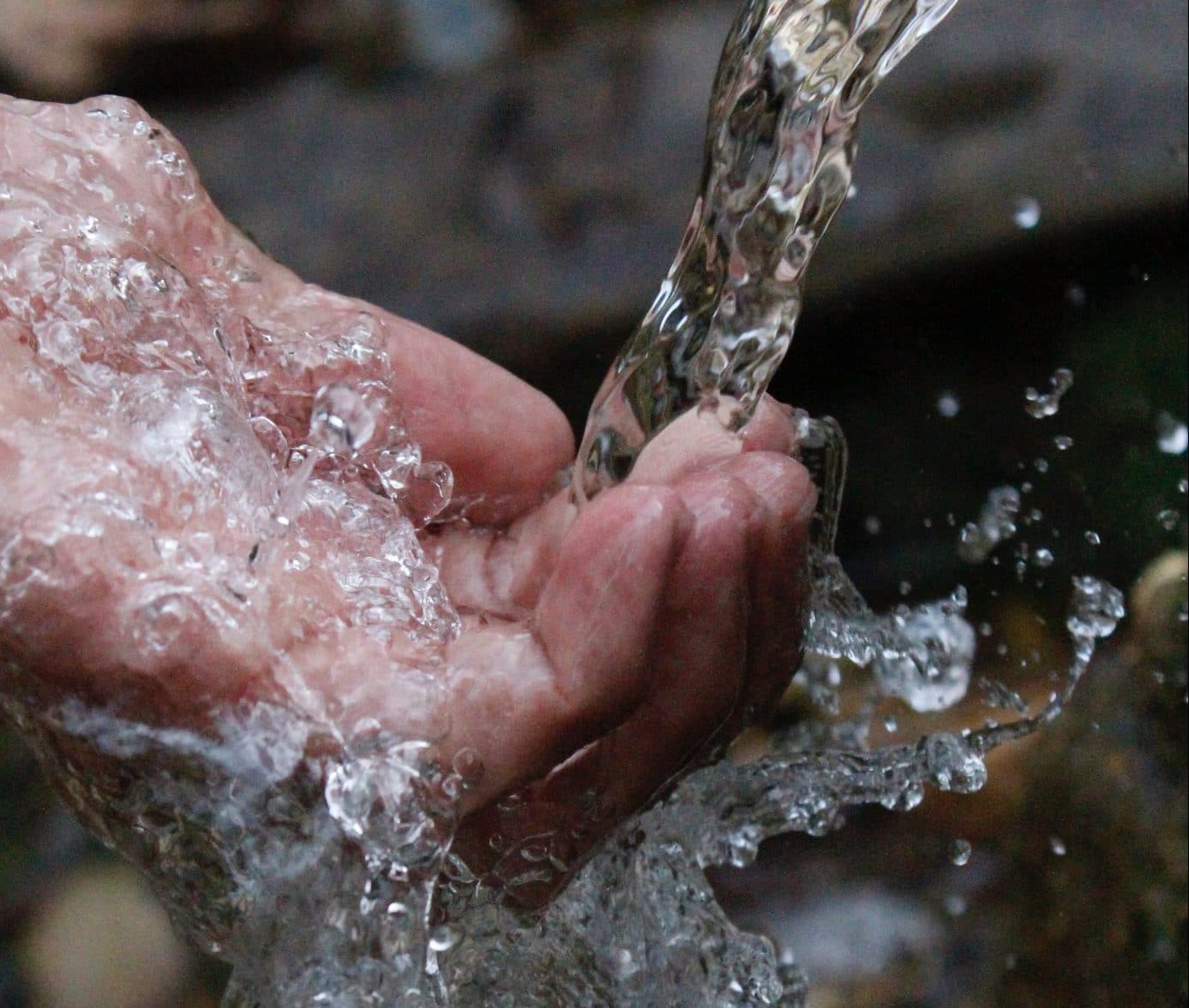Monitoring and Control of Your Water Treatment System – Part 1
Monitoring and Control of Your Water Treatment System - Part 1
The Need For Water Monitoring and Control
Monitoring your water treatment system is essential in ensuring that your desired water quality is achieved. Whether your water treatment program is applied to a boiler, cooling, wastewater, or any other industrial water system, it’s important that the program is properly controlled.
This can be tricky because most industrial water treatment systems are considered dynamic. They constantly undergo changes due to seasonal variations in water chemistry, plant operating conditions, new environmental laws, and other factors.
The Benefits
A properly monitored water treatment program provides your system with a much higher value. One of these benefits is reduced risks in correlation to chemical underfeed or overfeed.
Overfeed is significantly hazardous and can lead to discoloration and strong smells at the tap. It can also be dangerous to people’s health. Underfeed will leave the water raw and not properly treated for safe use.
More benefits include continued compliance with environmental regulations, which the EPA has quite the collection of. From the Clean Water Act to a variety of Drinking Water Regulations both in effect and in development, there’s significant pressure to be sure your system complies.
A well-controlled water treatment program also improves the quality of plant operation and productivity and increases water and energy savings.
Manual methods are one way to monitor an industrial water treatment system and increase the value of its water. This type of monitoring is best for noncritical water systems due to the nature of the testing and how results are adjusted.
Manual Monitoring
Typically, manual monitoring involves plant workers conducting chemical tests and comparing the results to specific control limits. Testing frequency varies depending on the plant’s available resources. Frequency can range from once per day to every hour. These tests include pH balance, conductivity, suspended solids, hardness, and conductivity, to name a few.
Using the test results, the plant operator can then manually adjust a correlating chemical feed pump or blowdown valve in an attempt to regulate the chemicals. The plant operator is tasked with estimating the degree of change necessary to meet the required standards.
Manual monitoring is a method best used in noncritical water systems and systems in which plant operating conditions change slowly. Many systems operate using manual monitoring. Manual tests are typically performed on low to medium pressure boilers, closed cooling water systems, and open cooling water systems with steady load conditions.
Due to the dynamic nature of many water treatment systems, automatic monitoring and control is often applied instead.



